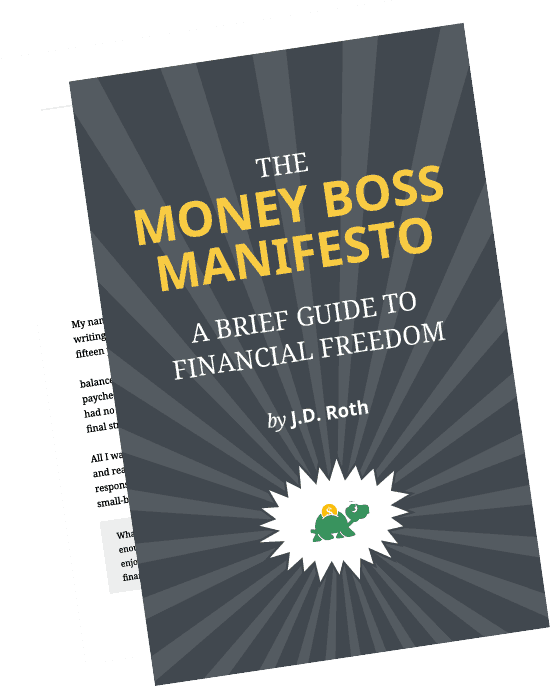What is risk tolerance?
Risk tolerance, simply put, is your own comfort level with the ups and downs of investments. Fancy definitions in text books might call it “the degree of uncertainty an investor can handle in regard to a negative change in his portfolio”; but when you are making decisions about investments, you might look at it this way: “how much can I afford to lose?”
Low risk, low reward potential
While there are no totally safe investments, there are many whose likelihood of decreasing in value is so small that it is practically zero. Inflation aside, a savings account, for instance, will not fall in value unless your bank fails at the same time the FDIC implodes; theoretically possible but with a statistical probability of practically zero.
But the flip side of FDIC-insured investments is that the upside – the chance that your savings account will increase in value beyond the interest rate your bank offers – is also close to zero. There’s little downside risk, but also not much upside potential. If this is what you prefer, you have a low risk tolerance.
High risk, high reward potential
On the other hand, some investors are willing to accept a relatively high downside risk for the substantial upside potential. So-called “growth stocks” are company shares that analysts and company management expect to grow substantially in value in the intermediate future. If you can handle the ride and are willing to take chances with at least some of the money in your portfolio, you have a high risk tolerance.
How high is the downside risk? Well, in the worst case (think Enron, and their employees who invested exclusively in Enron stock) you could actually lose that part of your investment. But many companies, like Apple or eBay or Microsoft, have grown exponentially (not just doubled or tripled, but multiplied by 100 or more) over the decades of their corporate life. Early investors, however, had to accept that the companies had an even better chance of failing utterly than growing to the industry leaders and multi-billion-dollar corporations they are today.
What’s my risk tolerance?
Risk tolerance can be quantified to some degree, but it’s not like blood pressure; you can’t get an exact reading. However, you can assess your ability to handle market ups and downs through online risk tolerance calculators and get a good idea about how much risk you might be able to tolerate based on your investing timeframe.
If you have decades ahead of you, you may decide you can accept more short-term risk for more long-term growth potential. But for short-term savings, a wise investor’s risk tolerance is very low.
Many financial planners attempt to calculate your risk tolerance for you based solely on your measurable characteristics; your age, your time to retirement, your current income and savings, and your financial liabilities (how much debt you have, how many children you have, whether you have any special health needs, etc.).
But risk tolerance is also emotional. When making investing decisions, you should take into account how anxious you might get if your portfolio declines, even if you have a great deal of wiggle room in dollar value or years. If you have low emotional risk tolerance, you may want less exposure in the stock market and more in lower-risk investments, such as money market accounts, savings accounts and CDs.
Become A Money Boss And Join 15,000 Others
Subscribe to the GRS Insider (FREE) and we’ll give you a copy of the Money Boss Manifesto (also FREE)

